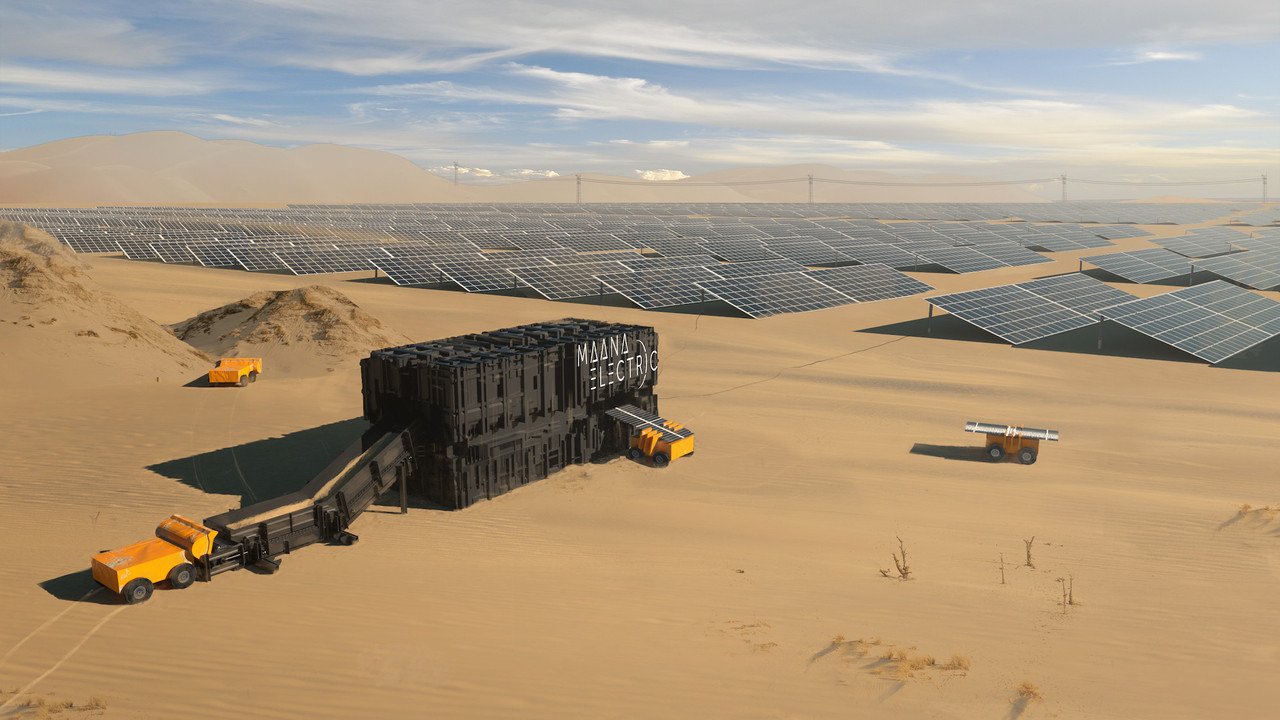Applying the ostrich policy can get you off the ground, a paradox that space start-up Maana Electric cultivates perfectly.
Born in 2018 in Luxembourg after winning the Luxembourg Prize--SpaceStarters Award at the first Space Forum organised in Luxembourg, the space start-up has even chosen to stick its head (and feet) in the sand of Dubai and the Middle East, in line with its development plan.
“We have had extensive discussions there since our creation,” explains Fabrice Testa, one of the co-founders. “For the terrestrial part of our project, we are targeting the market for solar parks installed in the desert. This is why we are opening a subsidiary in Dubai, to establish pre-commercial and commercial relations. It's a big market. They are all moving towards renewable energy and solar in particular. They have a fairly large quantity of sand. We work with all types of sand, as we purify it initially. In the space market, the UAE Space Agency is also very active in the use of space resources. And we would like to work on specific projects with them.”
After a first year working on the process of transforming sand into silicon and testing the subsystems that will be integrated into the TerraBox, the space start-up, which now employs 40 people, four of whom are in the Netherlands, is continuing to develop its prototype. The prototype is capable of producing one megawatt of solar panels in one year.
100% ‘green’ energy
The TerraBox fits into six 20-foot shipping containers, each of which provides a specific process: sand purification, production of silicon and glass, production of “wafers” (the plates on which the photovoltaic cells will be grafted) and assembly of the two sheets of glass and the photovoltaic cells, all without an aluminium frame, which makes the sand-rich countries totally independent of other technologies.
“Today, with our reactor under construction, we will be able to produce several kilos of silicon per day," says the entrepreneur. "The panels are coming out. And the prototype machine will produce 20 to 25 panels per day. The commercial machine will produce 200 panels a day, or 10MW over the year.”
The machine has three advantages: the production costs will be five times lower than for solar panels, the process is environmentally friendly as no water or chemicals are used, and the panel is a local product. “And that's much appreciated,” Testa notes. “There is no question of being at the mercy of quotas from the main supplier…”
Targeting the moon in 2024
The Luxembourg start-up, which has financed its development thanks to the framework contract with the Ministry of the Economy, the Luxembourg Space Agency and the European Space Agency, has already signed three contracts and is confident that it will have revenues in 2022, given the requests it is receiving from all over the world. “For the time being, we are working on the development of the TerraBox,” says the man who co-founded the company with Dutchman Joost van Oorschot.
The technology could also be carried on board a rocket in a version with three CubeSats, satellites the size of a shoebox. In 2024, the LunaBox could produce its first 100 grams of silicon and 100 grams of oxygen, a special feature of the device, on the Moon.
This story was first published in French on . It has been translated and edited for Delano.
